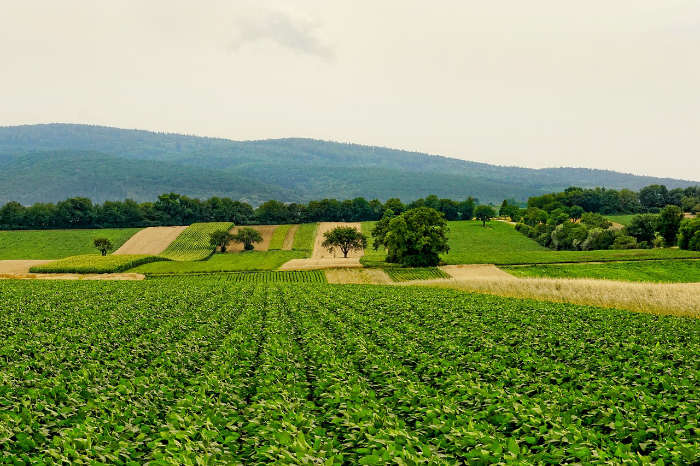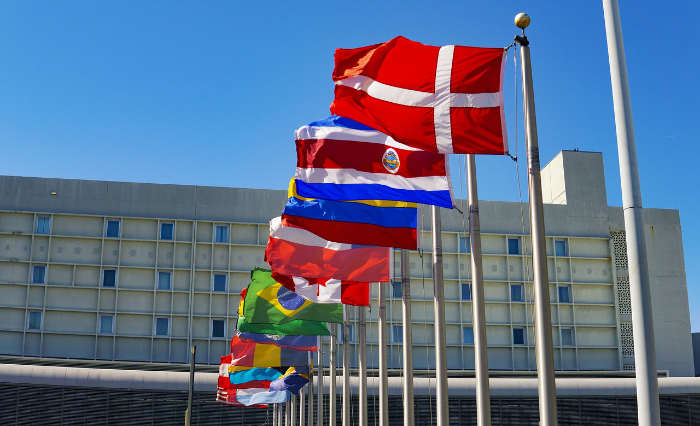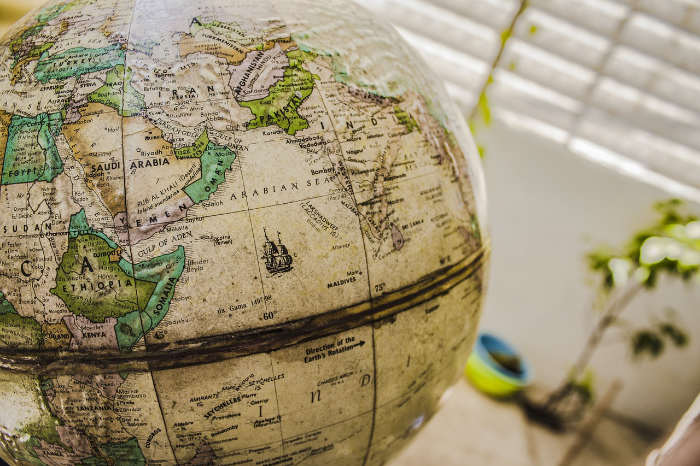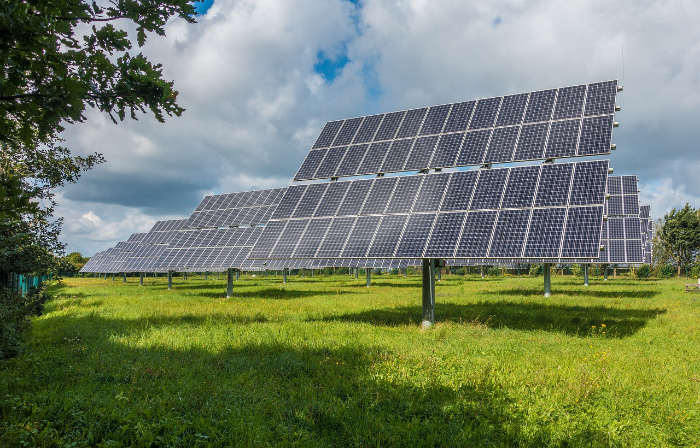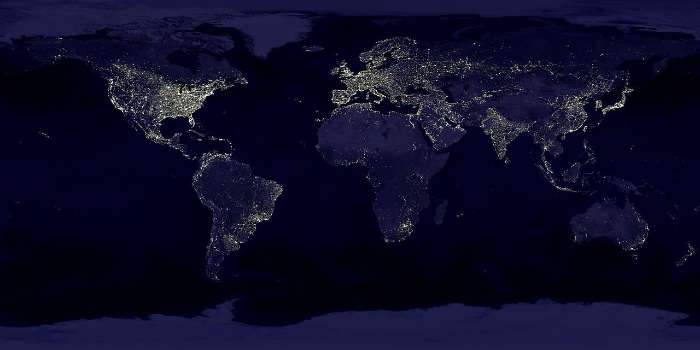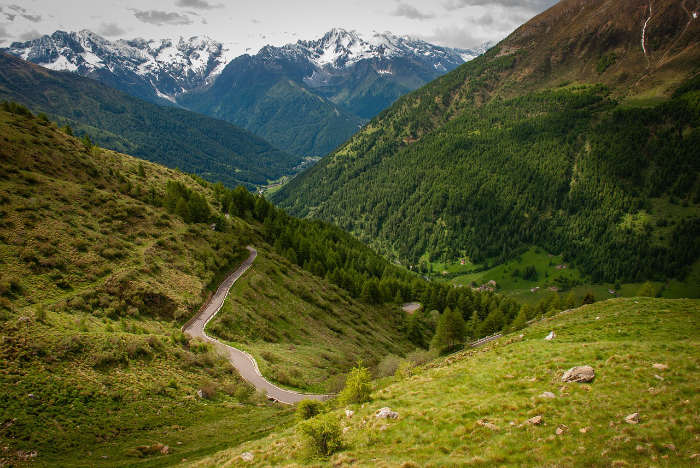Mango Production by Country 2025
Country | Mango Production 2023 (t)↓ | Mango Yield Per Hectare 2023 (kg/ha) | Mango Hectares Harvested 2023 (ha) | |
|---|---|---|---|---|
| India | 26.2M | 9,724 | 2,698,000 | |
| Indonesia | 4.1M | 13,735 | 298,827 | |
| China | 3.9M | 9,882 | 390,712 | |
| Mexico | 2.7M | 11,448 | 236,374 | |
| Pakistan | 2.6M | 12,152 | 213,496 | |
| Brazil | 2.3M | 22,738 | 102,952 | |
| Malawi | 2.1M | 35,465 | 60,099 | |
| Egypt | 1.7M | 10,593 | 161,928 | |
| Thailand | 1.6M | 12,290 | 131,714 | |
| Bangladesh | 1.5M | 10,596 | 142,373 | |
| Vietnam | 1.5M | 12,165 | 123,157 | |
| Nigeria | 954.2K | 7,282 | 131,033 | |
| Kenya | 909.9K | 11,849 | 76,790 | |
| Philippines | 799.2K | 4,002 | 199,710 | |
| Sudan | 726.2K | 20,607 | 35,238 | |
| Mali | 676.5K | 14,299 | 47,313 | |
| Nepal | 538.5K | 11,937 | 45,114 | |
| Colombia | 535.4K | 10,838 | 49,397 | |
| Tanzania | 459.7K | 13,584 | 33,843 | |
| Cuba | 446.3K | 11,932 | 37,399 | |
| Peru | 392.7K | 11,617 | 33,800 | |
| Yemen | 378K | 14,946 | 25,293 | |
| DR Congo | 309.7K | 17,048 | 18,166 | |
| Madagascar | 307.2K | 6,143 | 49,999 | |
| Angola | 288.6K | 11,221 | 25,717 | |
| Haiti | 223.1K | 7,660 | 29,124 | |
| Ivory Coast | 207.7K | 598 | 347,299 | |
| Guinea | 206.2K | 2,011 | 102,538 | |
| Sri Lanka | 194.1K | 6,589 | 29,453 | |
| Guatemala | 185.8K | 13,144 | 14,139 | |
| Niger | 167.2K | 4,039 | 41,407 | |
| Ethiopia | 144K | 4,534 | 31,756 | |
| Zimbabwe | 141.2K | 28,449 | 4,964 | |
| Taiwan | 134K | 9,166 | 14,618 | |
| Venezuela | 122.4K | 13,405 | 9,128 | |
| Senegal | 122.4K | 6,749 | 18,132 | |
| Ghana | 103.1K | 14,582 | 7,070 | |
| Saudi Arabia | 95K | 13,076 | 7,265 | |
| Dominican Republic | 92.3K | 15,713 | 5,873 | |
| South Africa | 92.2K | 18,468 | 4,992 | |
| Ecuador | 78.4K | 4,811 | 16,287 | |
| Australia | 74.9K | 4,093 | 18,302 | |
| Cambodia | 66.5K | 13,494 | 4,931 | |
| Israel | 61K | 28,523 | 2,140 | |
| Malaysia | 60.9K | 6,746 | 9,032 | |
| El Salvador | 53.9K | 19,887 | 2,709 | |
| Iran | 45.5K | 5,305 | 8,569 | |
| Republic of the Congo | 38K | 7,545 | 5,031 | |
| Chad | 36.5K | 4,229 | 8,639 | |
| Paraguay | 34.4K | 7,733 | 4,450 | |
| Costa Rica | 33.2K | 8,951 | 3,705 | |
| Mozambique | 27.8K | 5,447 | 5,109 | |
| Sierra Leone | 22.2K | 3,334 | 6,665 | |
| Myanmar | 20.6K | 7,122 | 2,896 | |
| Bolivia | 17.6K | 8,204 | 2,142 | |
| Benin | 16.4K | 4,745 | 3,446 | |
| Oman | 16.1K | 10,399 | 1,553 | |
| Burkina Faso | 14.6K | 9,357 | 1,561 | |
| Puerto Rico | 14.5K | 11,132 | 1,299 | |
| Central African Republic | 12.7K | 4,838 | 2,633 | |
| Guinea-Bissau | 9.3K | 9,686 | 962 | |
| Vanuatu | 7.6K | 5,067 | 1,500 | |
| Timor-Leste | 7.5K | 9,606 | 778 | |
| Panama | 5.8K | 12,089 | 481 | |
| United Arab Emirates | 5.5K | 30,265 | 181 | |
| Jordan | 5.4K | 12,696 | 424 | |
| Laos | 4.9K | 8,227 | 593 | |
| Guyana | 4.7K | 53,966 | 86 | |
| Samoa | 4.3K | 34,408 | 125 | |
| Palestine | 4K | 11,107 | 360 | |
| Japan | 3.5K | 7,691 | 457 | |
| Trinidad and Tobago | 3.4K | 19,597 | 173 | |
| Jamaica | 2.8K | 5,434 | 513 | |
| Bahamas | 2.7K | 17,889 | 149 | |
| Argentina | 2.2K | 8,051 | 279 | |
| Dominica | 2.1K | 883 | 2,400 | |
| Suriname | 1.6K | 14,880 | 110 | |
| United States | 1.5K | 20,000 | 75 | |
| Gambia | 1.4K | 5,525 | 262 | |
| Grenada | 1.4K | 5,618 | 257 | |
| Antigua and Barbuda | 1.4K | 4,546 | 310 | |
| Saint Vincent and the Grenadines | 1.3K | 20,121 | 66 | |
| Somalia | 1.3K | 2,496 | 510 | |
| Bhutan | 1.1K | 2,412 | 467 | |
| New Caledonia | 978 | 8,282 | 118 | |
| Cameroon | 891 | 5,880 | 152 | |
| Cape Verde | 756 | 12,023 | 63 | |
| Saint Lucia | 713 | 10,969 | 65 | |
| Fiji | 699 | 5,000 | 140 | |
| Djibouti | 623 | 5,489 | 113 | |
| Honduras | 542 | 21,740 | 25 | |
| Rwanda | 481 | 3,590 | 134 | |
| Cook Islands | 254 | 8,749 | 29 | |
| Eswatini | 241 | 2,070 | 116 | |
| French Polynesia | 207 | 14,971 | 14 | |
| Namibia | 190 | 7,184 | 26 | |
| Morocco | 169 | 5,317 | 32 | |
| Seychelles | 71 | 8,694 | 8 | |
| Belize | 36 | 6,676 | 5 | |
| Maldives | 27 | 4,885 | 6 | |
| Qatar | 10 | 3,333 | 3 | |
| Total | 61.1M | 6,159,868 |
- Data include mangoes, guavas and mangosteens.
- Values have been rounded to the nearest whole tonne. Also known as a metric ton, one tonne = 1,000 kg, or roughly 2,204.6 lbs.
- Data shown for China include mainland China only, as Taiwan data are given separately and mangoes are not commercially grown in Macau.
Highlighted Countries
India
India is the leading mango producer in the world, producing an estimated 26.3 million tons of mangos annually, as of 2022. This number accounts for almost half of the entire global mango production. Although the mangos are grown and harvested in India, very few of the mangos are distributed in the worldwide market. Less than 1% of the total mangos grown are released for international trade or sale. India is the leading consumer of mangos worldwide and consumes most of the mangos it produces.
Indonesia
Indonesia is the second-leading mango producer in the world. As of 2022, Indonesia produces about 4.1 million tons of Mangos annually. The ideal climate and ample farmland to cultivate and harvest the crops in Indonesia lend themselves to being a world power in mango production. Although Indonesia produces far fewer mangos than India, it exports and ships more mangos than any other country.
China
In 2022, China produced 3.8 million tons of mangos. These mangos are both consumed within China and exported to other countries globally. While India is undoubtedly the leading producer, China is among the top three countries in mango production.
Pakistan
In Pakistan, nearly 2.8 million tons of mangos are produced every year. Mangos grow well in Pakistan, which is located close to the mango capital of the world, India. Pakistan mangos are sent across the globe, and the United States Department for Agriculture imports several mangos from Pakistan. Usually, mango in the US will cost about $5.74 for a 4kg box.
Mexico
Mexico produces 2.5 million tons of mangos yearly. Mexico’s warm, almost tropical climate makes it an excellent location for growing mangos. Many mangos from Mexico are imported to the United States every year, making it a lucrative crop for Mexican farmers to produce.
Brazil
The warm climate in Brazil makes mangos grow exceptionally well. Every year, Brazil produces 2.1 million tons of mangos. While many of these mangos are distributed and consumed within South America, several are exported worldwide.
Malawi
Malawi is one of the leading mango producers in the global market. Most economists estimated Malawi produces about 1.9 million tons of mangos. Malawi cultivates five distinct varieties of mangoes: Dodo (indigenous to Malawi), Alphonso, Tommy Atkins, Kent, and Keitt. The majority of mangoes produced in Malawi (99%) are of local varieties, with only 1% being improved varieties. Most of Malawi’s mangoes are consumed domestically, often traded informally, with less than 1% entering food chain stores.






